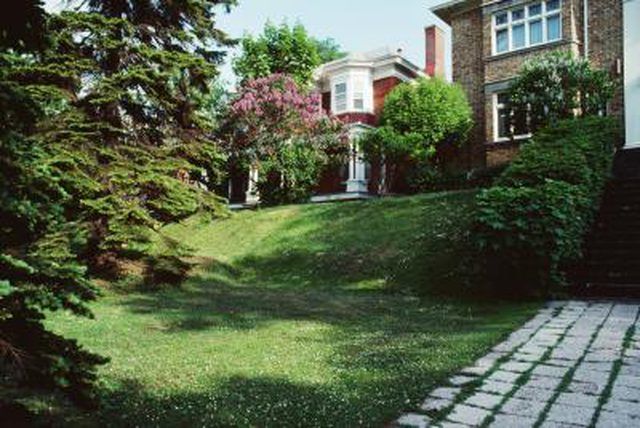Bulbs
Flower Basics
Flower Beds & Specialty Gardens
Flower Garden
Garden Furniture
Garden Gnomes
Garden Seeds
Garden Sheds
Garden Statues
Garden Tools & Supplies
Gardening Basics
Green & Organic
Groundcovers & Vines
Growing Annuals
Growing Basil
Growing Beans
Growing Berries
Growing Blueberries
Growing Cactus
Growing Corn
Growing Cotton
Growing Edibles
Growing Flowers
Growing Garlic
Growing Grapes
Growing Grass
Growing Herbs
Growing Jasmine
Growing Mint
Growing Mushrooms
Orchids
Growing Peanuts
Growing Perennials
Growing Plants
Growing Rosemary
Growing Roses
Growing Strawberries
Growing Sunflowers
Growing Thyme
Growing Tomatoes
Growing Tulips
Growing Vegetables
Herb Basics
Herb Garden
Indoor Growing
Landscaping Basics
Landscaping Patios
Landscaping Plants
Landscaping Shrubs
Landscaping Trees
Landscaping Walks & Pathways
Lawn Basics
Lawn Maintenance
Lawn Mowers
Lawn Ornaments
Lawn Planting
Lawn Tools
Outdoor Growing
Overall Landscape Planning
Pests, Weeds & Problems
Plant Basics
Rock Garden
Rose Garden
Shrubs
Soil
Specialty Gardens
Trees
Vegetable Garden
Yard Maintenance
How to Level Dirt in the Backyard
How to Level Dirt in the Backyard. Whether it's steep or slight, a sloping yard can complicate your landscaping plans, create flooding problems and decrease water retention. Flattening or leveling out the soil can be accomplished with a variety of methods, but will usually require a lot of labor and a few basic tools. If you want to raise the soil...

Whether it's steep or slight, a sloping yard can complicate your landscaping plans, create flooding problems and decrease water retention. Flattening or leveling out the soil can be accomplished with a variety of methods, but will usually require a lot of labor and a few basic tools. If you want to raise the soil level in general, importing additional topsoil may be necessary. Otherwise, you can accomplish the task with a shovel and existing soil. It's important to separate topsoil and subsoil layers when removing and redistributing soil in a lanscape. In yards with a steep slope, terracing is the only practical option and still allows you to build a beautiful landscape.
Things You'll Need
Shovel
Rake
Remove topsoil from the entire area that is to be leveled, including ditches and/or hills. Place the topsoil aside in a pile. If you reach the subsoil in areas that need levelling, create a second pile for it. You can distinguish topsoil from subsoil by a noticeable change in color and texture. Topsoil is a lighter color and usually goes no deeper than 6 to 8 inches.
Redistribute the exposed subsoil until it is level, using a shovel and rake to even out the surface. If you are working with a very large area or extensive landscape, a bulldozer may be necessary, but for most home landscapes, a shovel, rake and some diligence is sufficient.
Pile the topsoil onto the redistributed subsoil to make the surface even. It is best to form a slight slope that descends away from your house, which will aid in storm-water drainage. For ideal drainage and water retention, the slope should move downward away from your house at a rate of 1 foot lower per 50 feet of distance.
Tips & Warnings
It is important to keep separate piles of topsoil and subsoil and to avoid mixing these layers.
If you have raised the soil by more than 1 foot, allow it to settle for up to a year before laying down turf.
Lawn rollers and similar tools are not meant for leveling out a lawn, but merely firms the soil surface. You cannot flatten large bumps or lumps with a lawn roller.
Ensure your drainage is adequate or establish a drainage system when redistributing soil. When raising the soil to level out a slope, make sure the layers are still below your house's foundation to avoid flooding issues.